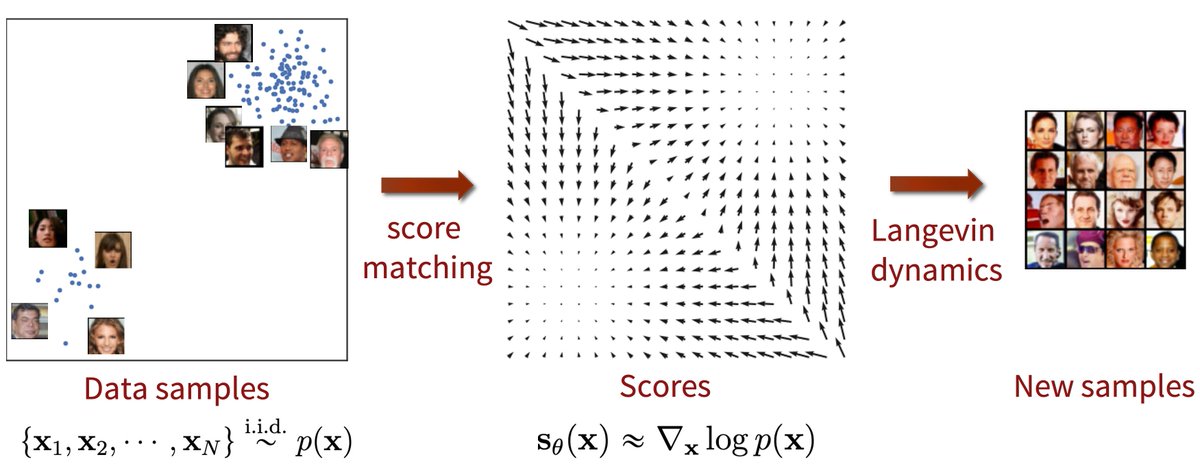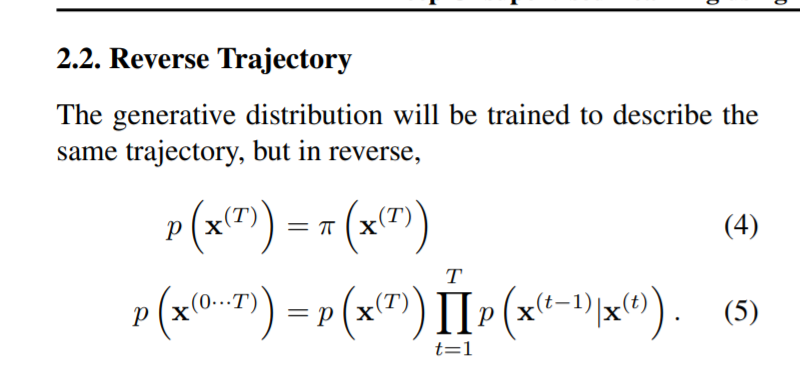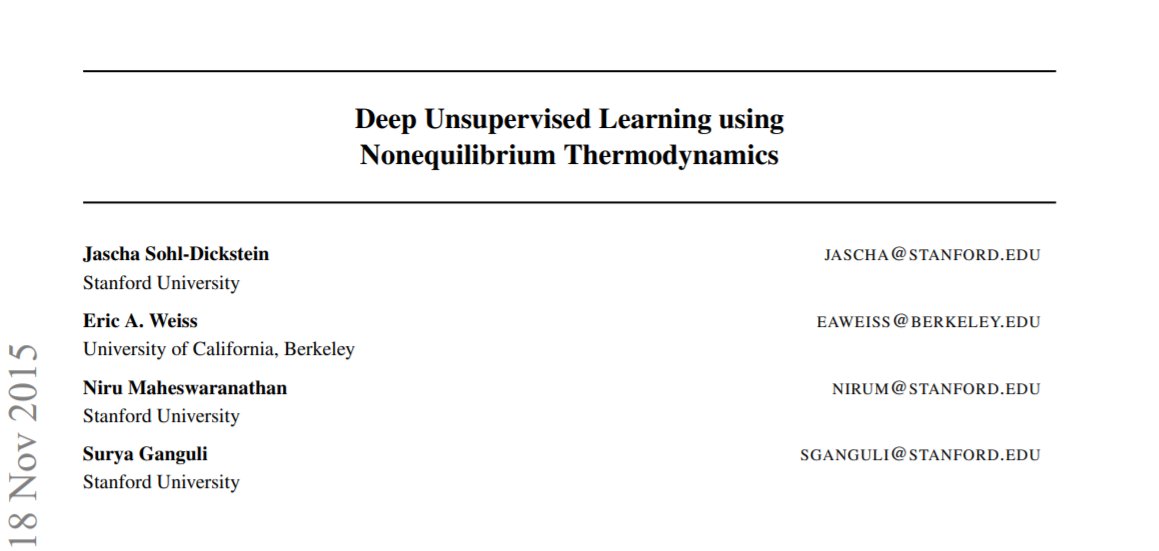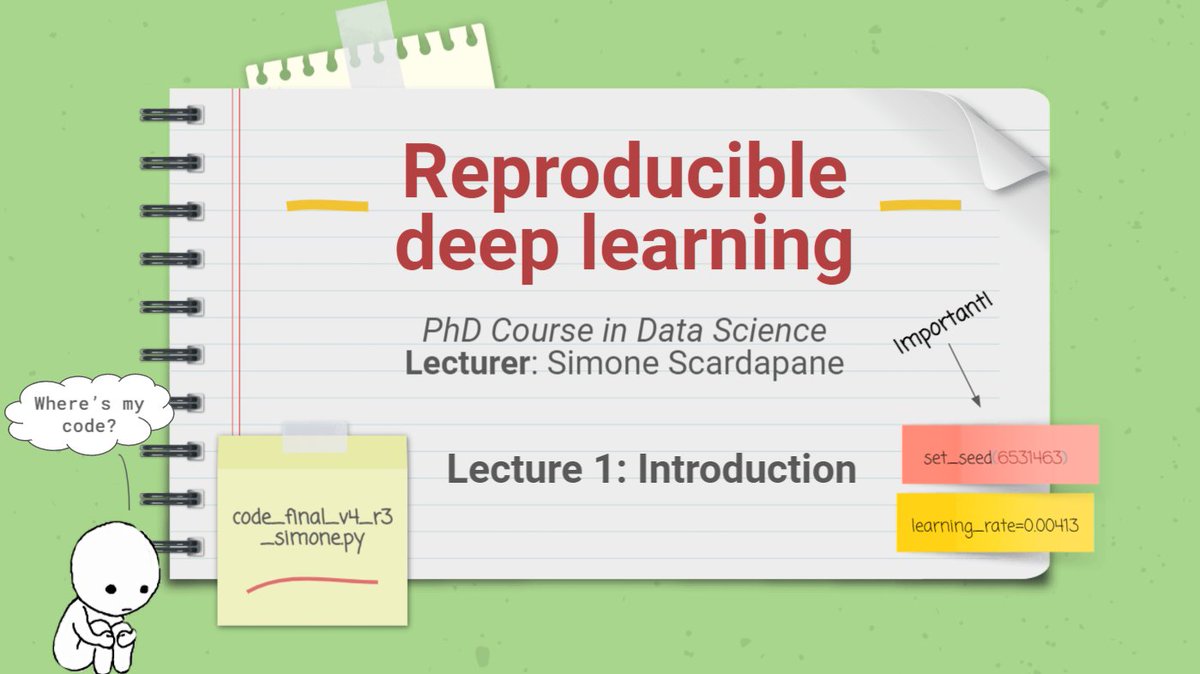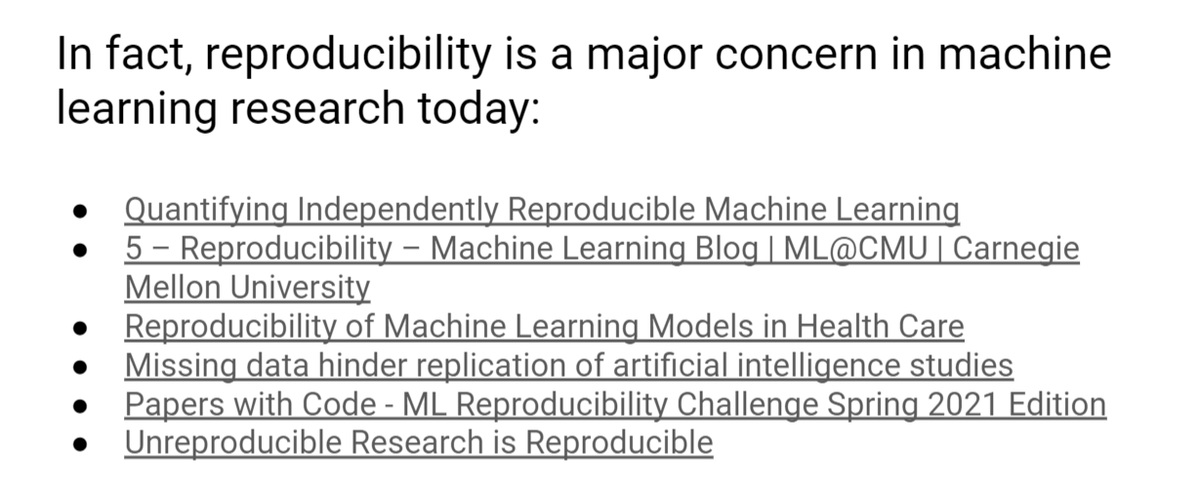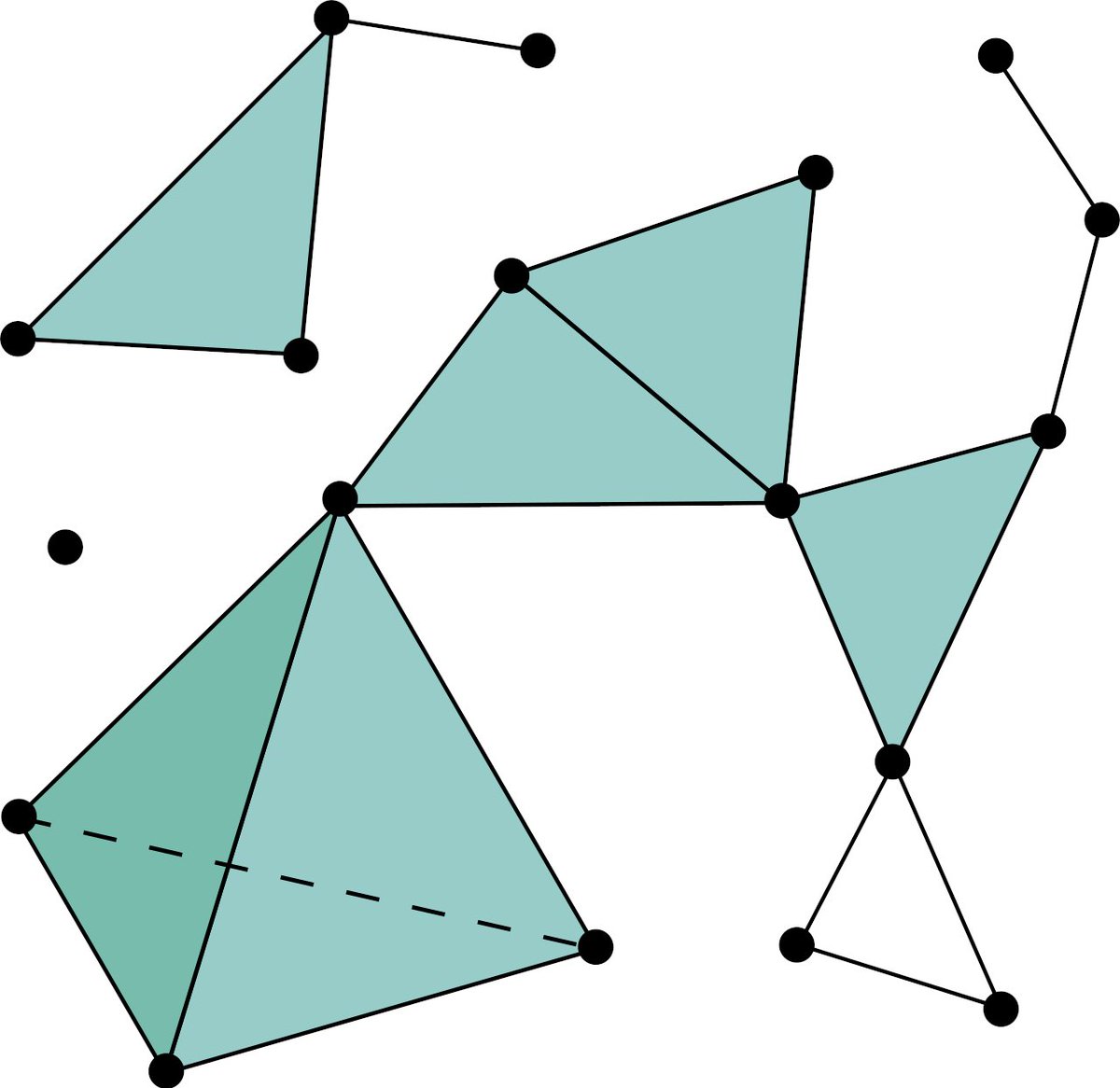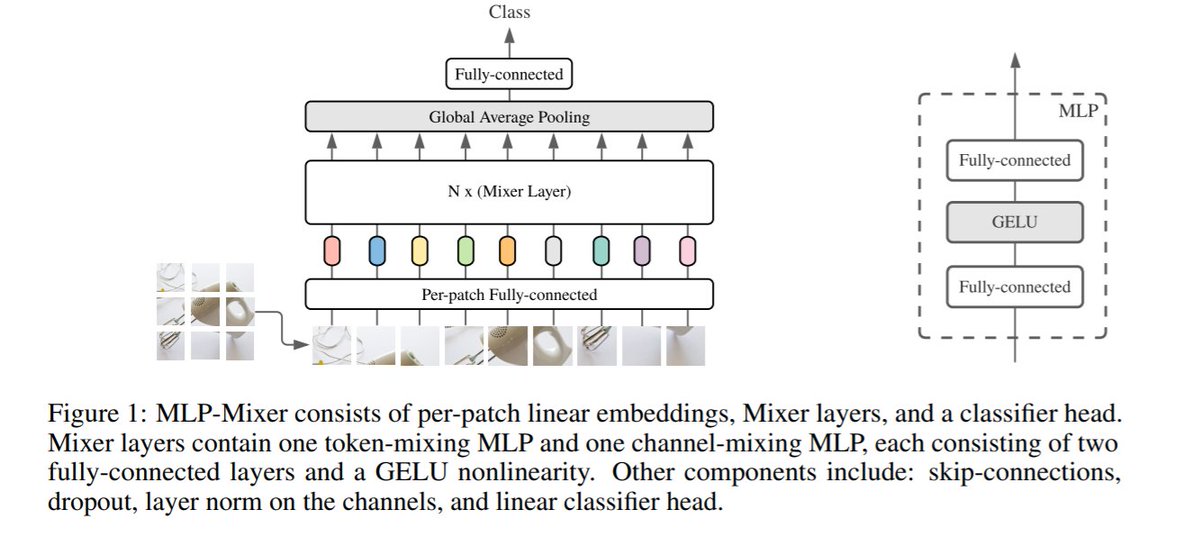
*Neural networks for data science* lecture 4 is out! 👇
aka "here I am talking about convolutional neural networks while everyone asks me about transformers"
/n
aka "here I am talking about convolutional neural networks while everyone asks me about transformers"
/n

CNNs are a great way to show how considerations about the data can guide the design of the model.
For example, only assuming locality (and not transl. invariance) we get locally-connected networks.
/n
For example, only assuming locality (and not transl. invariance) we get locally-connected networks.
/n

Everything else is a pretty standard derivation of CNN ideas (stride, global pooling, receptive field, ...).
/n
/n

This year I have also included a few notable variants: 1x1 convs, depthwise models, 1D & 3D convolutions, masked (causal) layers, ...
I am pretty sure there are 10^4 index errors around. 😅
/n
I am pretty sure there are 10^4 index errors around. 😅
/n

I have also added some material discussing the relation w/ signal processing and the Fourier transform.
Will I be able to cover generalizations of these ideas to other domains? We'll see. 🤷♂️
/n
Will I be able to cover generalizations of these ideas to other domains? We'll see. 🤷♂️
/n

Several ideas expand on Chapter 7 from @D2L_ai. The geometric deep learning bits are instead from the fantastic GDL overview by @mmbronstein @joanbruna @TacoCohen @PetarV_93 :
arxiv.org/abs/2104.13478
/n
arxiv.org/abs/2104.13478
/n
As always, all the material is on my website: sscardapane.it/teaching/nnds-…
Coming up soon: LOTS of tricks to train deeper neural networks.
Coming up soon: LOTS of tricks to train deeper neural networks.
• • •
Missing some Tweet in this thread? You can try to
force a refresh



